MADAME C.J. WALKER
-
DECEMBER 20
1860—Believing the November election of Abraham Lincoln would bring the end of slavery; on this day in 1860 South Carolina becomes the first Southern state to secede from the Union. Other states hold conventions and by the time Lincoln takes office on March 4, 1861, seven Southern states had seceded to form the Confederacy. The secessions lay the foundation for the start of the Civil War. In 1865, the victory of the North brings an end to slavery but not before more than 600,000 people had been killed.
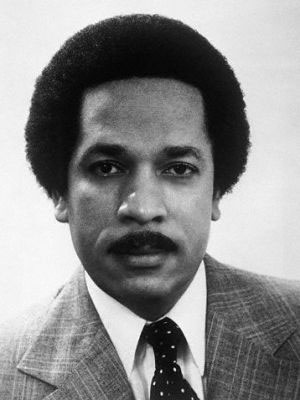
1988—Max Robinson, the first Black co-anchor of a nightly network news program (ABC’s World News Tonight), dies in Washington, D.C., of complications due to AIDS. The 49-year-old Robinson was officially thought to be straight. It was never publicly explained how he contracted the deadly disease. Robinson’s given name was Maxie Cleveland Robinson Jr. Robinson was a founder of the National Association of Black Journalists.
-
DECEMBER 21
1865—Following the example set by Mississippi, South Carolina on this day enacted a series of “Black Codes.” The codes displayed a White Southern obsession with three things after losing the Civil War. 1) They still desperately wanted to control Blacks. The primary method was forcing the now landless and money-less ex-slaves to sign “labor contracts” with White employers, which were so strict that they came close to re-instituting slavery. 2) They were obsessed with preventing sexual relations between Blacks and Whites. This took the form of banning interracial marriages and relationships. 3) They wanted to retard Black economic progress with a series of measures designed to require that Blacks work for Whites and not establish their own businesses. The codes barred Blacks from even selling farm products without the permission of a White employer. Fortunately, many of the codes were never fully enforced because Northern troops occupied the South and voided many of the “Black Codes.”
1956—The Montgomery Bus Boycott ends. For more than a year, Montgomery, Ala., Blacks had boycotted city buses to demand an end to segregation and demeaning treatment of African-Americans. The boycott had been sparked by the dramatic refusal of Rosa Parks to give up her seat on the bus to a White man. The boycott ended when the United States Supreme Court ruled that public transportation segregation was unconstitutional. By the time the boycott ended, Parks and boycott leader Martin Luther King Jr. were national heroes (at least among Blacks).
1988—National Black political leader Jesse L. Jackson Sr. begins a campaign encouraging use of the designation “African-American” instead of “Black” to denote Americans of African ancestry.
-
DECEMBER 22
1898—Historian and author Chancellor Williams is born on this day in Bennettsville, S.C. Williams authored the book “Destruction of Black Civilization: Great Issues of Race from 4500 B.C. to 2000 A.D.” The book is considered a must-read for any serious student of Black history. Williams died in 1992.
-
DECEMBER 23
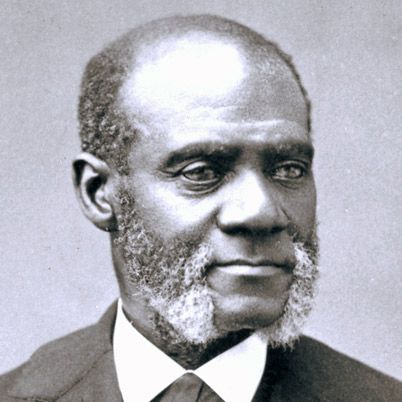
1815—Abolitionist Henry Highland Garnet is born in Kent County, Md. Perhaps second only to Frederick Douglass, Garnet was the leading Black abolitionist of the 1800s. He was known for his tremendous oratorical skills and being bold in expressing his opinions. After the Civil War, however, he became frustrated with the slow pace of Black progress in America and favored the establishment of an independent Black nation in Africa.
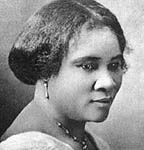
1867—Madame C.J. Walker is born Sarah Breedlove on a Delta Plantation in Louisiana. A high level of self-esteem and a near unmatchable level of energy enabled her to launch a hair care products business, which is believed to have made her the first Black millionaire in America. Her story is truly an amazing one. As an orphan at age 7, she quickly became an independent woman. She began working for another Black woman with a line of hair care products. But she soon launched her own—“Madame Walker’s Wonderful Hair Grower.” She traveled for a year and a half promoting her products throughout the South and Southwest. By 1910, she had settled in Indianapolis, Ind., where she built her factory. By 1913, she traveled through the Caribbean and Central America promoting her products. By 1916, she moved to New York in a Harlem townhouse that was as fabulous as anything on Fifth Avenue. In 1917, she was part of a delegation of prominent Blacks who visited the White House to protest against lynching. Once asked the secret to her success, she said, “I got myself a start by giving myself a start.” She died in 1919 as the wealthiest Black woman in America.
-
DECEMBER 24
1881—The Edgefield Exodus begins. More than 5,000 Blacks, driven in part by a wave of White violence and economic exploitation, begin leaving Edgefield County, S.C., and resettled in Arkansas. The movement was also encouraged by people like Pap Singleton who believed Southern Blacks could enjoy a better life if they moved to the Midwest. It is also believed that some Whites also encouraged the exodus in a bid to reduce South Carolina’s Black population, which was a majority in the state in the 1870s and 1880s.
-
DECEMBER 25
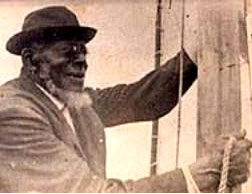
1760—The first poem written by a Black person and published in America is published on Christmas day 1760. It was written by Jupiter Hammon—a slave in Long Island, N.Y., who was allowed to attend school. The poem was entitled “An Evening Thought: Salvation by Christ with Penitential Cries.” Hammon also wrote a poem to Phyllis Wheatley—another early and great African-American poet. Hammon is thought to have lived until he was 95 (1711-1806). He was devoutly religious.

JOHN HORSE
1838—At the Battle of Okeechobee on Christmas Day 1838, a force of Seminole Indians soundly defeated U.S. government troops who were trying to force them off their lands. The Seminoles were led by a Black chief named John Horse. The Seminoles were perhaps the most racially integrated of all the Indian tribes. During the early 1800s, Blacks escaping slavery in Florida and Georgia were frequently granted safe haven by the Seminoles. Significant intermarriage resulted. Their aid for escaped slaves was one of the reasons the government wanted so desperately to relocate the Seminoles from Florida to the Midwest.
1951—Mr. and Mrs. Harry T. Moore are murdered when a bomb explodes under their home in Mims, Fla. Both were teachers and courageous civil rights activists. It is believed the bomb was planted by a White terrorist organization such as the Ku Klux Klan.

2006—James Brown dies. “Soul Brother #1”—one of the most influential figures in Soul or R&B music of the 20th Century dies at 73 while preparing for a performance. Born in Barnwell, S.C., Brown began his amazing career in 1953 and rose to fame to in the late 1950s. He remained highly popular through the 1960s and 1970s. While less popular, he continued to perform until the day of his death. Brown was also known for his soulful dancing style. His full name was James Joseph Brown Jr.
-
DECEMBER 26
1848—In one of the most daring escapes from slavery in U.S. history, on this day in 1848, William and Ellen Craft began a 1,000-mile journey from a plantation in Macon, Ga., to freedom in Boston, Mass. The light-complexioned Ellen disguised herself as an infirmed White man and the dark-complexioned William pretended to be the faithful slave. The escape, though harrowing, was successful. But in 1850 when Congress passed the Fugitive Slave Act, the Crafts found themselves being hunted down by both slave catchers from Georgia and U.S. Marshals. Then members of Boston’s powerful abolitionist and Underground Railroad communities stepped in. They helped the Crafts flee to Canada and then to Liverpool, England, where the couple stayed until after the Civil War.
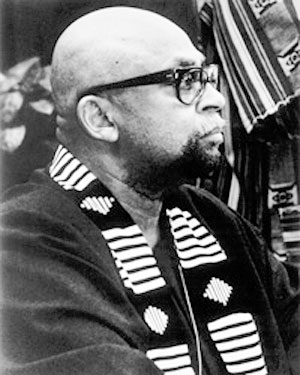
1966—The first Kwanzaa holiday celebrations take place. The alternative seven-day holiday period for African-Americans was originated by California Black nationalist Maulana Ron Karenga. Kwanzaa and its principles however, may be more widely respected then actually celebrated among American Blacks.